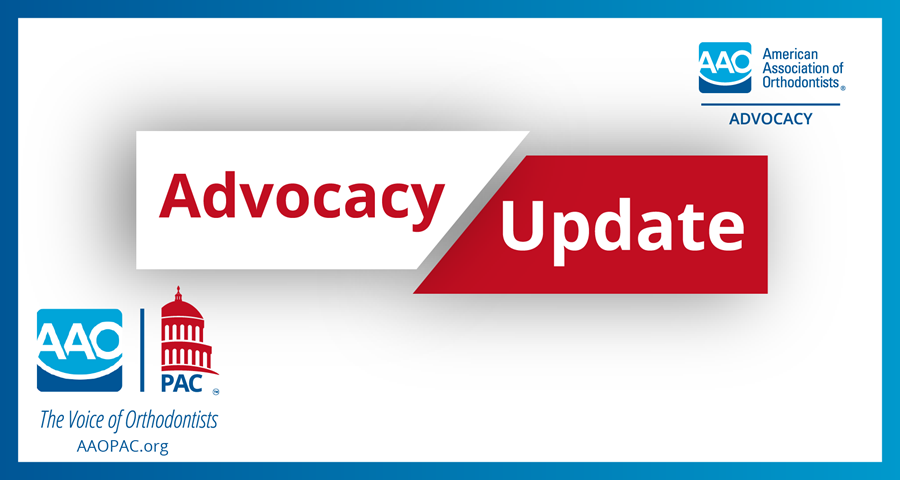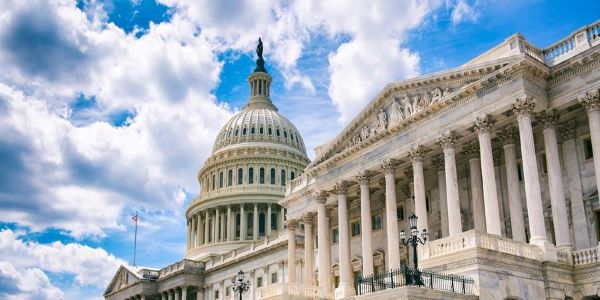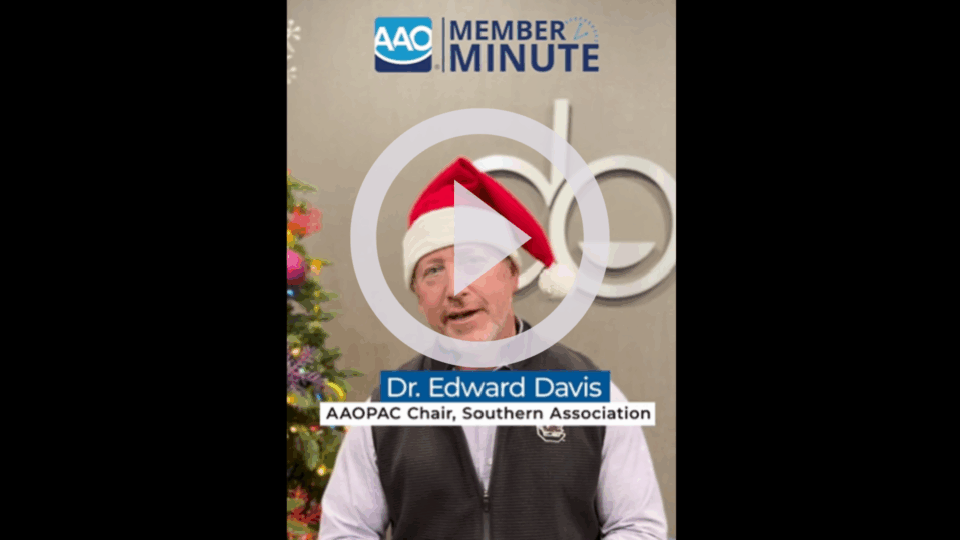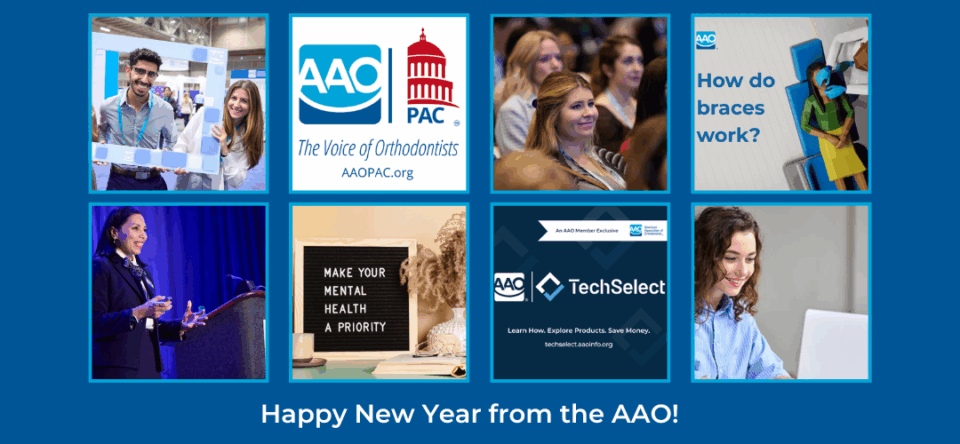The U.S. Department of Education is accepting stakeholder comments as it begins to implement the higher education-related provisions in the One Big Beautiful Bill Act (OBBBA). The AAO joined other national dental organizations in the Organized Dentistry Coalition (ODC) in submitting a letter to the U.S. Department of Education.
Click here to view the letter.
The comments address implementation of the OBBBA and specifically call attention to provisions that eliminate the Graduate PLUS Loan program and set new federal borrowing limits. The AAO is deeply concerned about these provisions and the negative impact it could have on those considering the orthodontic profession, which will ultimately lead to decreased access to quality care.
The average orthodontist graduates with over $567,000 in student loan debt. Interest continues to accrue while in residency, despite a typical orthodontic resident’s lack of ability to earn an income while in residency.
The burden of student loan debt is one of the most significant challenges facing future and current orthodontists. It influences where orthodontists practice, impacts the ability to buy or start practices, and reduces the number of orthodontists entering academic careers. Addressing these financial barriers remains a top AAO priority as we work to support members and strengthen the future of the specialty.
In its letter, the coalition urged the Department to evaluate how the OBBBA provisions affect:
- Tuition costs in dental education.
- Borrowing patterns and terms in the private loan market.
- Enrollment levels and diversity in dental schools.
- Workforce distribution in underserved communities.
- Career choices for new graduates
The letter also recommended that borrowers who have fully repaid federal loans not be penalized under the new lifetime borrowing caps.
By signing onto this coalition letter, the AAO is ensuring that the unique perspective of orthodontists is represented as these federal loan changes are implemented. We hear the concerns of our members about the impact of education debt, and this action reflects our ongoing commitment to monitor these developments and advocate for policies that sustain access to the specialty and protect patient care.
AAO Student Loan Debt Resources
In addition to our federal advocacy, the AAO has developed a suite of resources to help residents and early-career orthodontists navigate student debt challenges. These tools include information on refinancing, repayment strategies, forgiveness programs, and state-level initiatives. We encourage all members, especially residents and new and younger members, to visit www.aaoinfo.org/studentdebt.
The AAO will continue to share with Members of Congress the realities of the student loan debt challenges orthodontists and future orthodontists face and its impact on serving patients, especially in rural and urban medically underserved areas of the country.
Your Help is Needed Now More Than Ever through AAOPAC
The AAO is deeply committed to patient health and safety through orthodontic care provided by qualified specialists. Our mission – to advance the art and science of orthodontics through education, advocacy, and research — has never been more important.
The AAO’s new fiscal year began June 1 and the AAO Political Action Committee helps to build our important relationships on Capitol Hill related to AAO priorities. You can make your AAOPAC contribution for fiscal year 2025-2026 now! The bipartisan AAOPAC helps fuel our advocacy success in Washington, D.C. and in states throughout the country. Contributions can be made online via credit card at AAOPAC.org.
It only takes a few minutes to complete your contribution, using your e-mail address associated with your AAO membership. You can also view your giving history and profile.
Our AAOPAC Pillars of Giving help build our success, and the AAO’s bipartisan advocacy influence continues to grow through member grassroots engagement. Your grassroots voice and AAOPAC support make all the difference!



